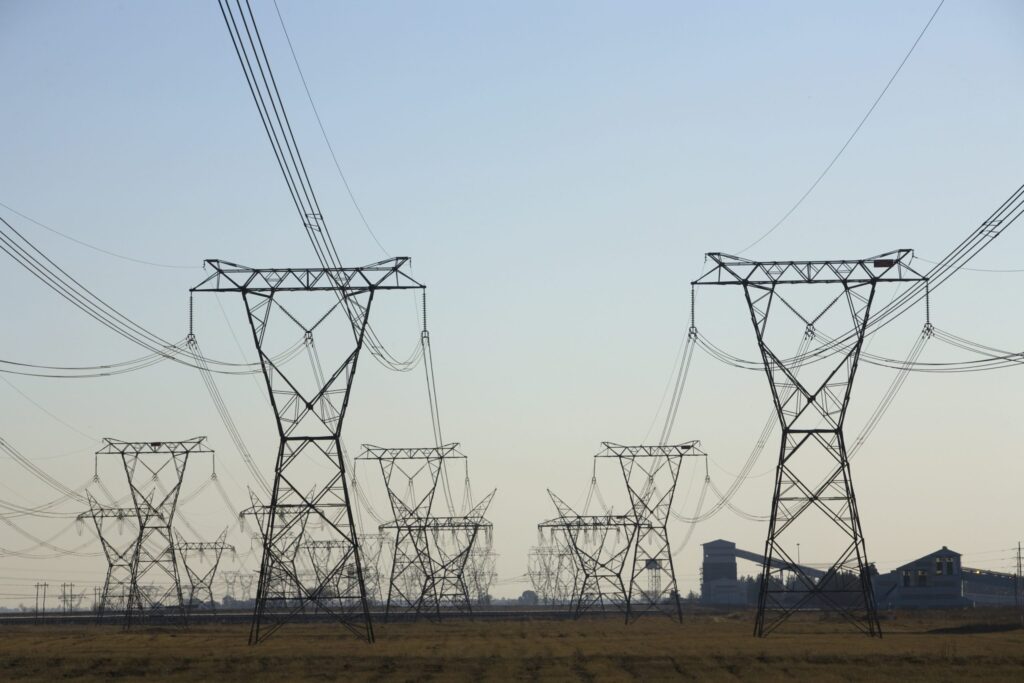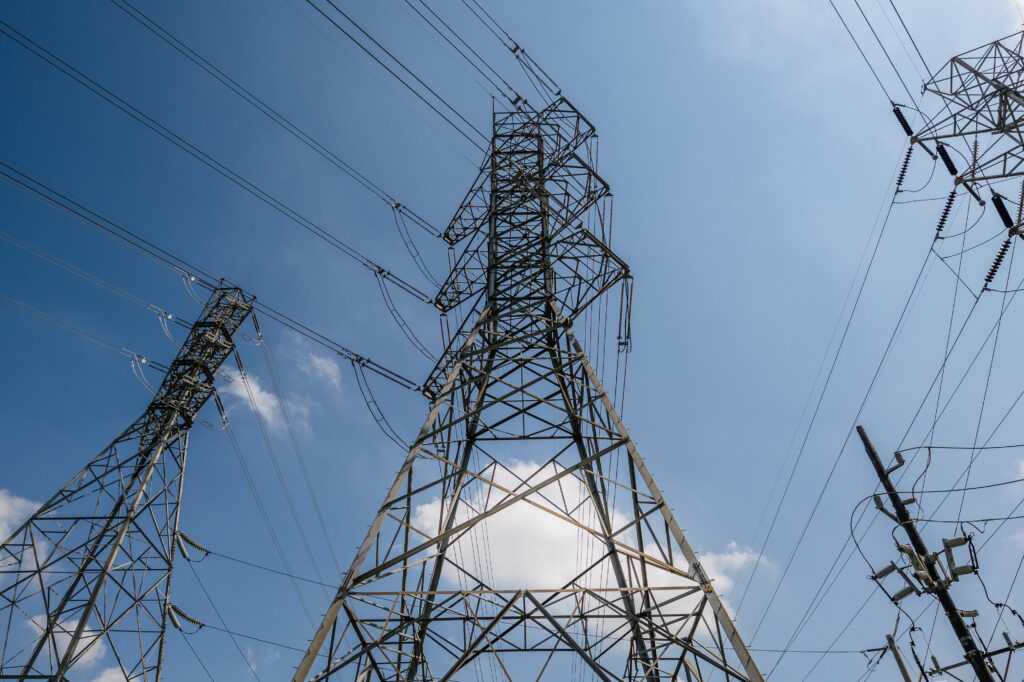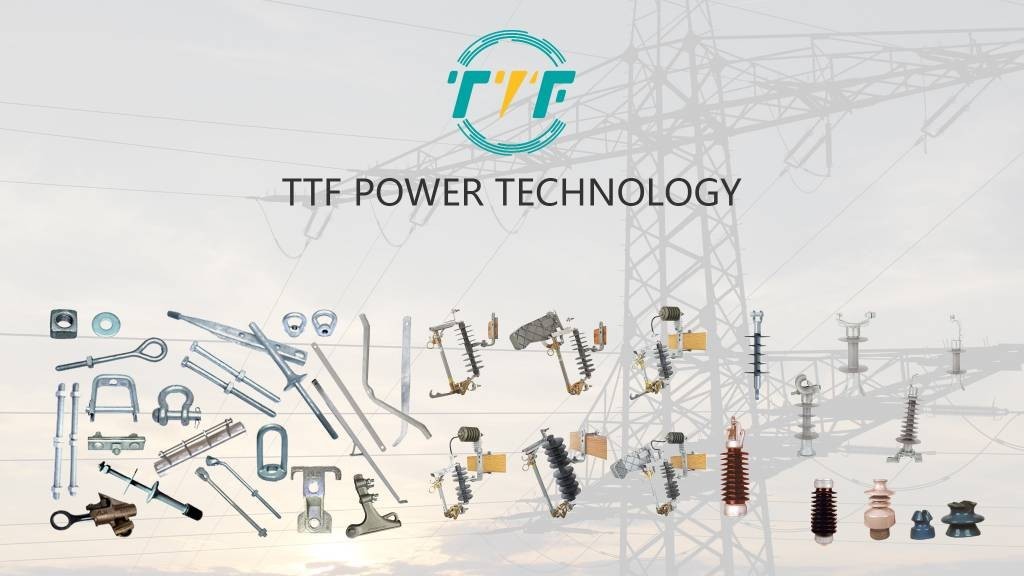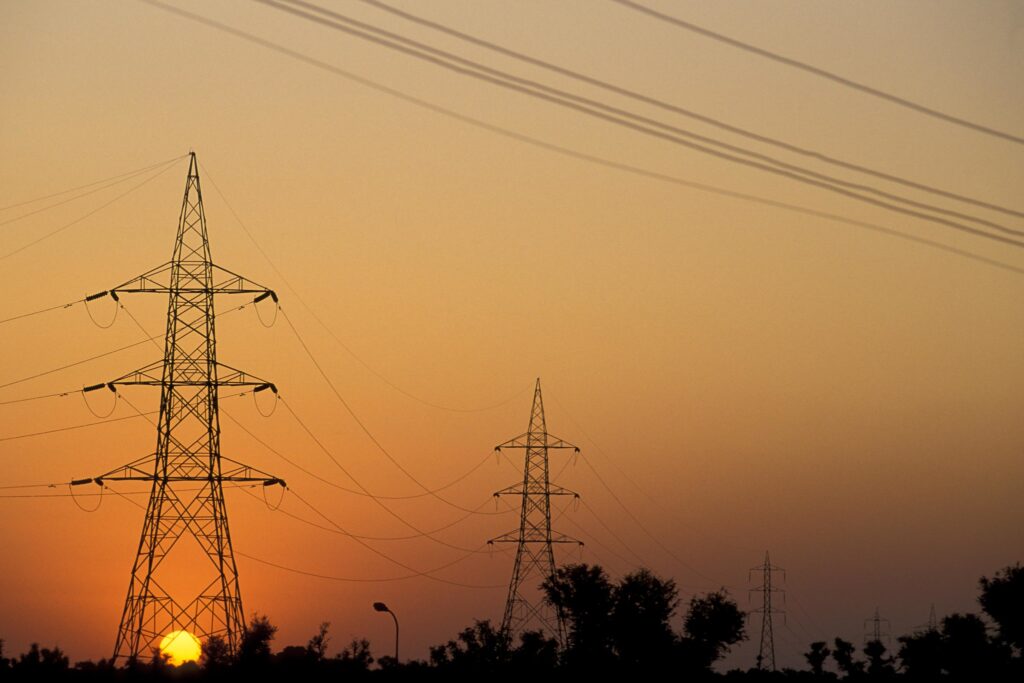- South America needs to address the various challenges affecting the energy infrastructure.
- Pole line hardware helps to address these challenges by upgrading transmission lines and power infrastructure.

South America’s energy infrastructure is significant, yet many organizations stress the need for increased investment in critical sectors. These include power transmission, energy storage, pole line hardware, grid infrastructure, and transportation. Currently, the region’s infrastructure falls short of meeting its competitive demands. According to the World Bank, annual infrastructure investments average between 2-4% of GDP. This puts South America at a disadvantage compared to other regions. Argentina and Brazil, for instance, account for nearly 80% of the continent’s GDP.
Join us as we explore the challenges South America’s energy infrastructure faces and how pole line hardware offers solutions. These challenges impact the reliability, efficiency, and sustainability of power generation and distribution. Addressing them requires a coordinated effort from governments, private investors, and international organizations. Pole line hardware enhances power line durability and reliability. Components like insulators, clamps, and brackets further improve grid resilience and scalability. Additionally, well-designed pole line hardware requires less maintenance, reducing operational costs and ensuring more reliable energy delivery.
Concerns in South America’s Energy Infrastructure
South America’s energy infrastructure is grappling with various challenges that hinder both its efficiency and sustainability. These issues affect power generation and distribution across the region. Presently, 96% of South American households have electricity access. This access offers a significant competitive advantage for the region due to the abundance of clean hydropower. Even so, the region’s electric grid requires urgent upgrades and modernization. Such improvements would allow for better integration of renewable energy sources, supported by modern pole line technology. The key challenges to South America’s energy infrastructure are as outlined below.

- South America’s energy infrastructure is aging and in need of modernization. This includes outdated power plants, transmission lines, and substations, all of which are prone to failures. As a result, the region experiences frequent power outages and inefficiencies in energy distribution.
- The region holds considerable potential for renewable energy sources such as solar, wind, hydroelectric, and geothermal power. However, integrating these resources into the primary grid is challenging due to its limited flexibility and capacity to manage energy production fluctuations.
- Regulatory complexities arise from the various regulations governing energy infrastructure, hindering regional cooperation and international energy trade.
- Additionally, the integration of smart grids and Internet of Things (IoT) devices has introduced new cybersecurity risks. These vulnerabilities could lead to significant disruptions, financial losses, and threats to national security.
Alternative solutions with pole line hardware
Throughout the years, many South American nations have strengthened their energy systems by partnering with private companies. Governments are working closely with industry professionals to address these challenges. Proposed approaches involve new legislation, policy updates, joint efforts, and advancements in technology. Additionally, these solutions must be tailored to the region’s unique needs, prioritizing system upgrades, improved access, and greater resilience. Pole line gear encompasses a range of tools that simplify the process of extending power lines to remote areas. These tools enable energy providers to expand the grid and deliver electricity to rural communities. Below are some common solutions to energy infrastructure challenges.

- Updating infrastructure requires replacing outdated systems with modern, reliable technologies. This includes investing in aging power plants, transmission lines, and substations. These improvements are vital to reducing the risk of failures and boosting the overall reliability of the energy grid.
- Bolstering cybersecurity entails developing strategies led by government agencies and industry experts to protect the grid from cyber threats. This can involve strengthening security protocols, using encryption to safeguard sensitive data, and continuously monitoring for potential breaches.
- The region stands to benefit from increased collaboration through cross-border energy trade agreements. Such agreements facilitate the exchange of energy resources between nations, helping to balance supply and demand while reducing reliance on a single energy source.
- Governments must prioritize policies and regulations that promote private investment in energy infrastructure. They should also advocate for the issuance of green bonds to finance projects aimed at enhancing energy efficiency.
Conclusion
South America’s energy infrastructure faces many challenges, impacting both power generation and delivery. These challenges include outdated systems, unequal access to electricity, dependence on hydropower, and vulnerabilities to cyberattacks. Additionally, climate change poses a serious risk to the region’s energy systems, potentially worsening problems like grid instability and energy shortages. The use of pole line hardware plays a vital role in strengthening South America’s energy infrastructure. These components enhance reliability, support expansion, ease the integration of renewable energy sources, and bolster resilience against environmental threats.

The use of pole line hardware is vital in building energy infrastructure, supporting a more efficient and sustainable system across the region. TTF Power Systems specializes in manufacturing and supplying hardware fittings for utility poles, transmission line accessories, and pole line hardware. We offer the most comprehensive range of products in the industry, along with exceptional value and expert service. This strategy helps South America secure its energy future while ensuring continued access to clean, reliable, and affordable electricity.